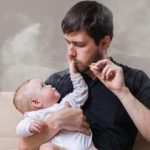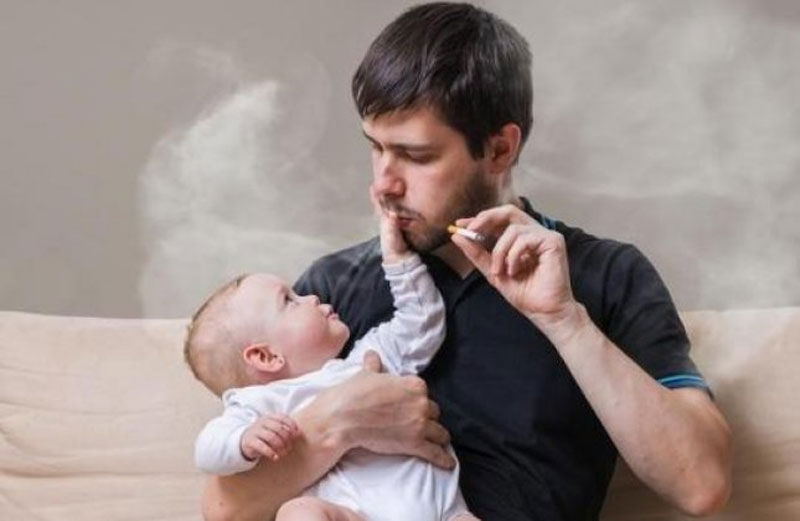 The inhalation of air that is heavily polluted with tobacco smoke from other people’s cigarettes.
The inhalation of air that is heavily polluted with tobacco smoke from other people’s cigarettes.
The act of breathing in smoke from other people’s cigarettes when you do not smoke yourself.
Nonsmokers’ exposure to smoke emitted by burning cigarettes or cigars and exhaled by cigarette or cigar smokers. Passive smoking, also referred to as secondhand smoke, puts people who do not smoke but live or work in the same indoor environment as smokers at risk of developing lung cancer, heart disease, stroke, bronchitis, and pneumonia. Children exposed to passive smoking have an increased prevalence of fluid in the middle ear, which is a symptom of chronic middle ear disease. They are also susceptible to irritation of the upper respiratory tract and may have significantly reduced lung function. Passive smoking may cause asthma in children who do not already have it.
The exposure of nonsmokers to the toxic gases released by the burning of tobacco products in their homes, workplaces, or recreational environments. Exposure to environmental tobacco smoke has been linked to allergies, asthma, cardiovascular diseases, lung diseases, and stroke. Passive smoking causes about 30,000 deaths from heart disease and another 3,000 lung disease deaths annually in the U.S.
Passive smoking occurs when nonsmokers breathe air polluted by tobacco smoke.
Unintentional inhalation of tobacco smoke by individuals who are not active smokers. Passive smoking has been demonstrated to elevate the likelihood of respiratory and ear infections among children, as well as the incidence of tobacco-related cancers in adults.
